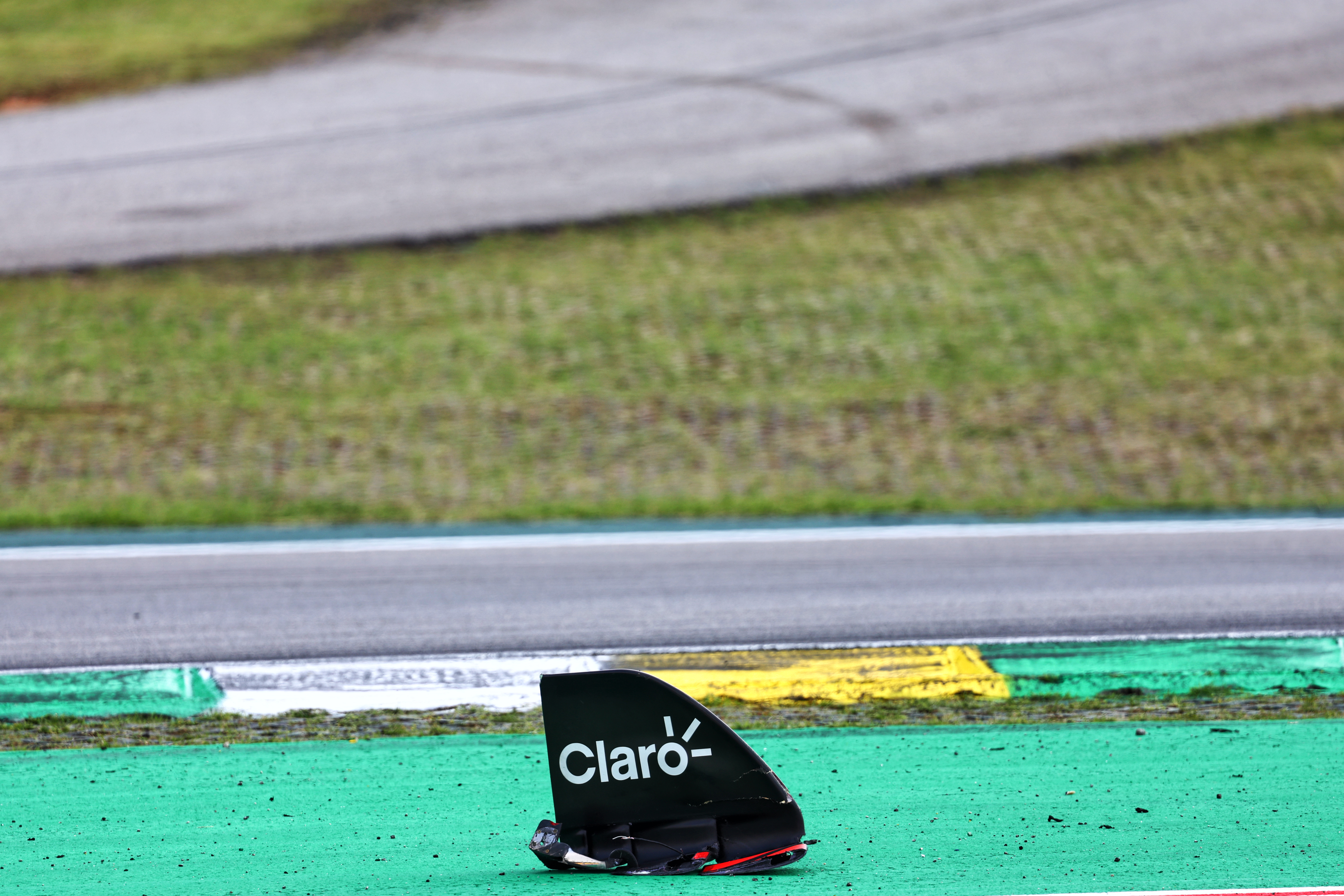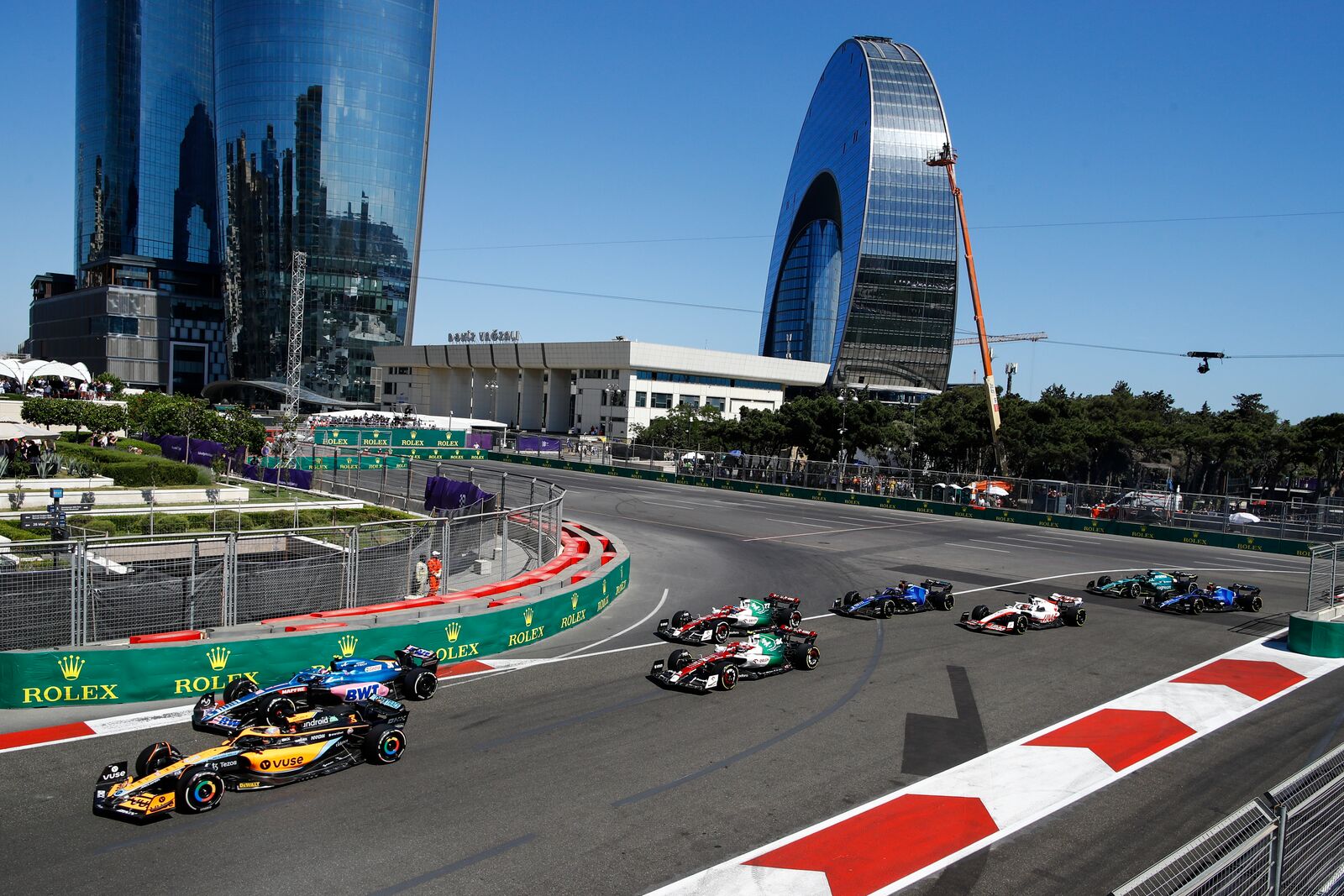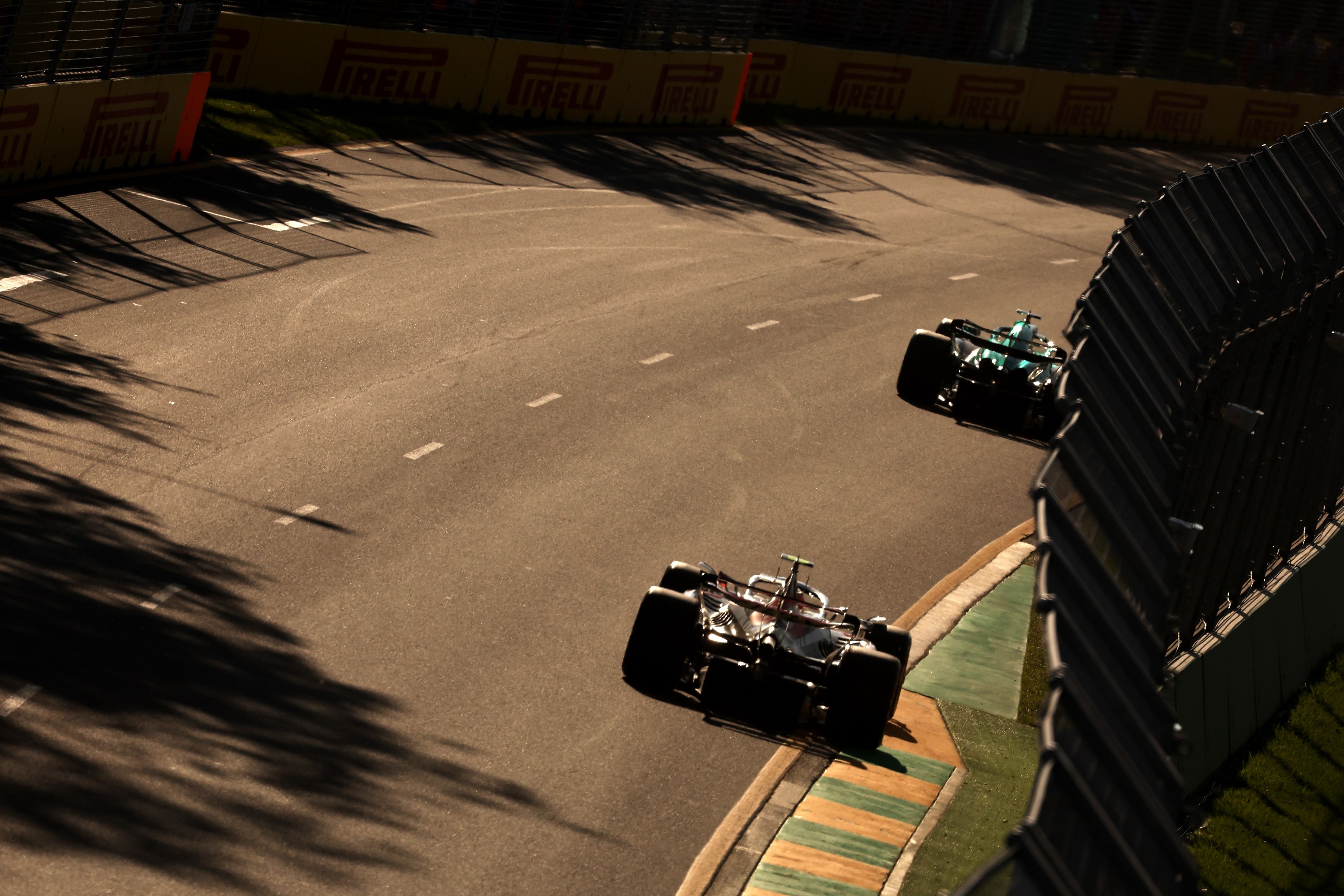Up Next

One of the rationales for Formula 1’s modified sprint format is to encourage the drivers to push more in the Saturday race. But will it?
The reasoning is that as the sprint no longer sets the grid for the grand, therefore drivers have less to lose because if you have a mishap while trying to gain a position it won’t have any impact on the grand prix itself. Therefore, the risk/reward equation that every driver must continuously calculate is changed. That’s sound reasoning, but only as far as it goes.
It doesn’t take into account the fact that damage doesn’t come for free, especially under the cost cap. Drivers cannot afford to be reckless as there is still a downside. And even if the cost cap wasn’t a factor, there’s the simple practicality that sometimes parts are in short supply. Even when the metaphorical spares truck is full, you don’t want to waste parts.

It also limits the potential gains that can be made in the race. If you are in or close to the top eight, each place gained pays one point, which is worth having. That can equate to a two-point swing against a direct rival. While there is a risk, there is also a reward, but while the risk is reduced, so too is the reward given you no longer gain a grid position for making an overtake. Under the old rules, a place gained in the top eight offered not just a one-point gain but the prospect of further points gains the next day thanks to a move up the grid.
And 12 of the 20 drivers won’t score at all on Saturday. Of those, the majority won’t have any realistic hope of taking points barring some unexpected turn of events. If you are running 15th, there’s zero incentive to take 14th, whereas previously there was because it gave you a better grid position for Sunday’s race.
You could argue that racing drivers are competitive beasts and will want to gain any positions they can. There’s some truth to that, but that would equally apply under the old sprint format in which there was deemed not to be enough overtaking. For this change to work, the risk/reward equation needs to be shifted to be more favourable but it’s hard to see the new ‘Sprint Saturday’ format moving that particular needle.

This is little more than fiddling around the edges. Any perceived lack of action in the sprints – and generally I’ve found them engrossing enough on their own merits to hold the attention and too short to drag – is about other problems.
Strategic variation is minimised by the fact the majority of the field will start on the same tyre and the lack of any pitstops. It’s a straightforward run from lights to flag that’s defined exclusively by your race pace and position. Given starting positions are dictated by qualifying pace, the cars will line up roughly in laptime order, so why expect there to be huge amounts of movement? That’s doubly true given that everyone in the sprint is on a straightforward and identical (save for a little variation in tyre compound) strategy.
There’s also the problem of the laws of physics, which are resolute in their refusal to yield to the desires of F1’s administrators. It has become easier to follow under the current regulations, but it’s impossible to eliminate turbulence entirely. Therefore, it remains difficult to get close enough to mount an attack, hence DRS overtakes are by far the most common way to gain ground.

For the majority in the six sprints staged so far, the drivers will all have been motivated to make up places but simply have lacked the means and opportunity. That won’t change for the new sprints.
It remains to be seen whether the change has the effect F1 is touting or if it will be far less impactful. It will take a number of sprints for a definitive answer given the Saturday race in Baku has the potential to be dramatic for reasons entirely unconnected to the change, or straightforward.
But given the stakes are lower than they were for F1’s first six sprint races thanks to the ‘disconnection’ from the Sunday race, this appears to be a step in the wrong direction.





